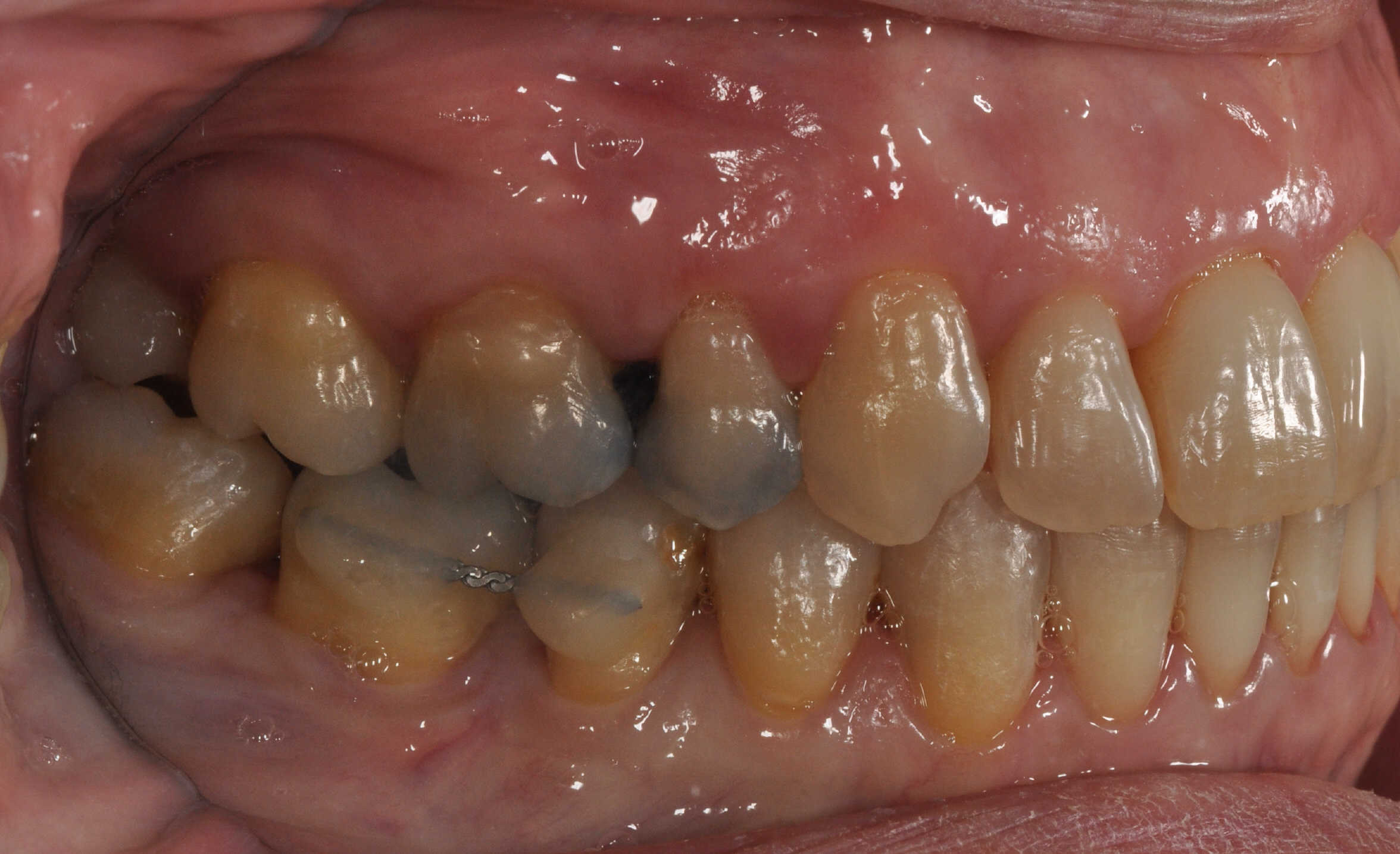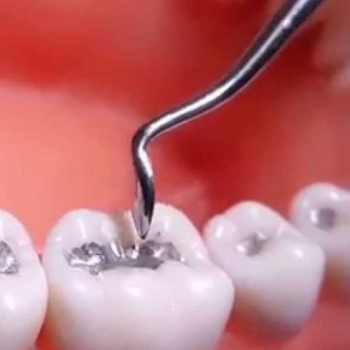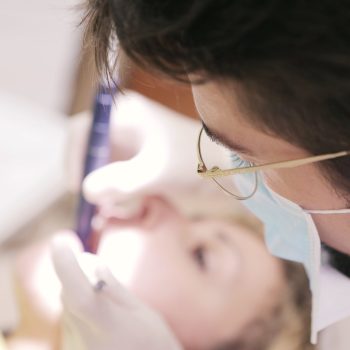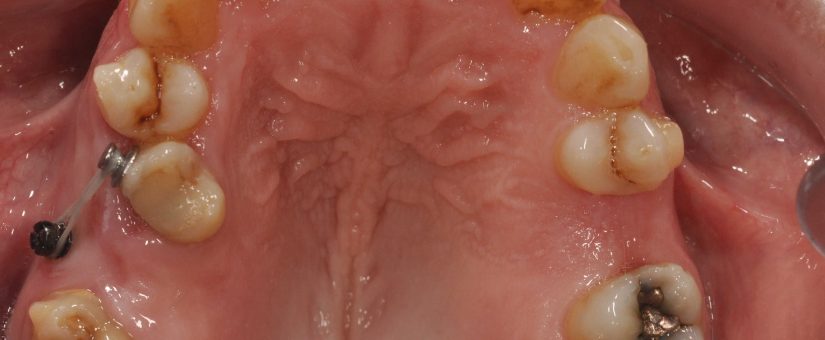
Microscrews in Orthodontics: A Revolution in the Treatment of Malocclusions
- On 2 November, 2023
Throughout the modern history of orthodontics, various techniques and devices have been developed to improve the position and function of teeth, and one of the most significant innovations in recent years has been the introduction of microscrews into practice. orthodontic. These small devices, also known as mini-implants or mini-screws, have revolutionized the way orthodontists treat malocclusions.
What are Microscrews in Orthodontics?
Microscrews are small titanium implants that are inserted into the jaw or jaw bone for the purpose of providing temporary anchorage during orthodontic treatment. Unlike traditional brackets and wires, which rely on teeth to achieve alignment and bite correction, microscrews allow orthodontists to exert controlled forces in specific directions without negatively affecting surrounding teeth. This makes them a versatile and effective tool in a wide variety of clinical situations.
How Do Microscrews Work?
The operation of microscrews in orthodontics is based on the principle of skeletal anchorage. In other words, they are used to create a fixed support point in the bone, allowing orthodontists to apply precise forces to the teeth without relying on neighboring teeth.
Once the microscrews have been placed, different orthodontic devices, such as springs, elastics or wires, can be attached to them to direct the forces necessary to move the teeth in a controlled manner. This allows the correction of complex malocclusions and cases that were previously difficult to treat. Microscrews are used both in conventional orthodontic treatments and in orthodontics with aligners (Invisalign), which expands their applicability.
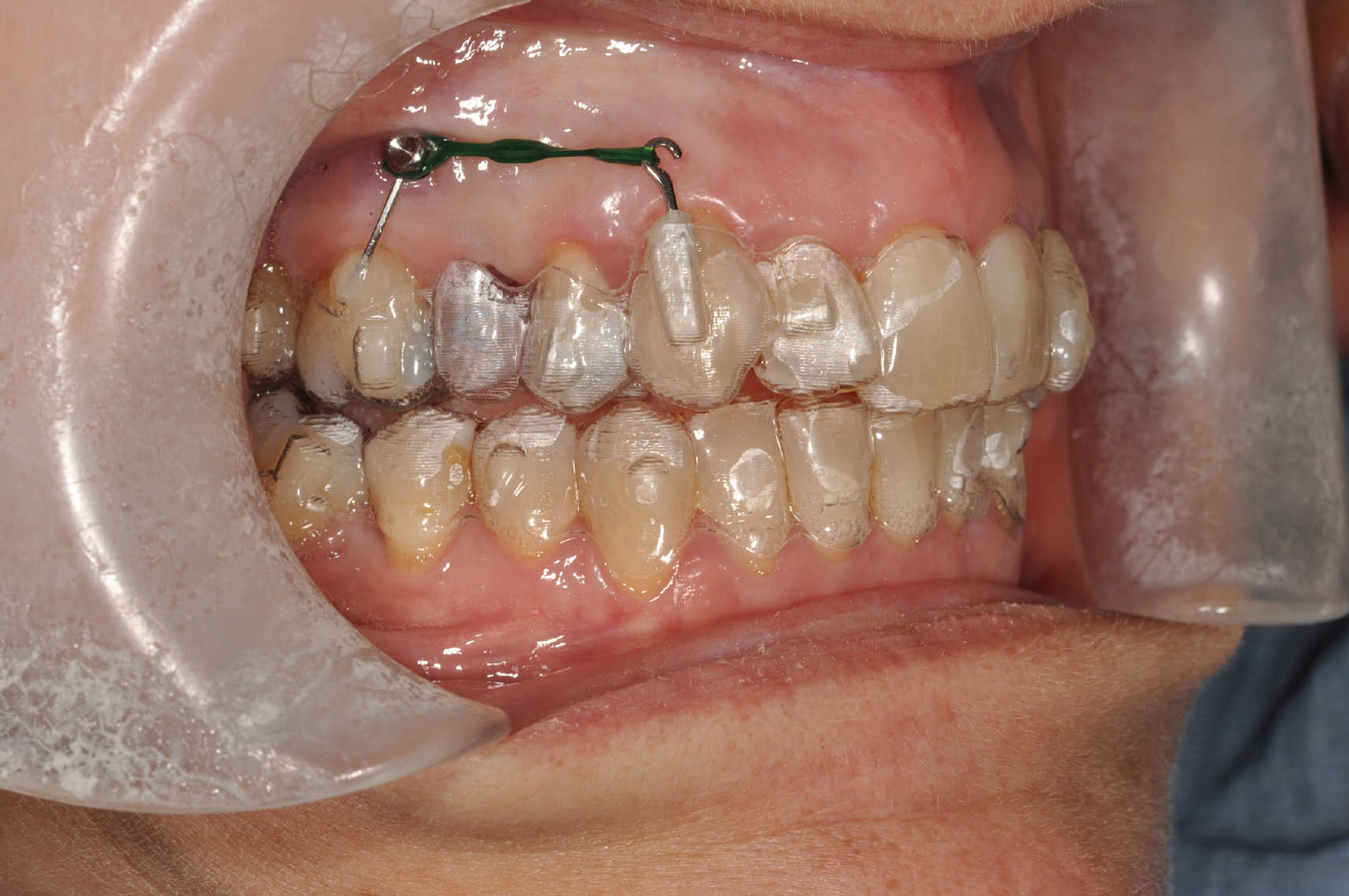
Advantages of Microscrews in Orthodontics
- Greater control and precision: Microscrews allow orthodontists to exert precise and controlled forces in specific directions, resulting in more precise and effective treatment.
- Versatility: They can be used in a variety of clinical situations, including cases of severe or complex malocclusions. This allows in some cases to avoid surgical treatments to solve the way the patient closes.
- Fewer extractions: In some cases, the use of microscrews can reduce the need to extract teeth to create space or improve occlusion.
- Greater patient comfort: Microscrew treatments are often less uncomfortable for patients, as certain painful or invasive procedures can be avoided. Especially with some appliances placed on the palate that make speech difficult.
- Reduction of treatment duration: The ability to speed up certain dental movements in the early stages of treatment can lead to shorter treatments.
- Avoids unwanted side effects: By not depending on neighboring teeth, the risk of unwanted side effects is reduced, such as tilting or rotation of adjacent teeth.
Disadvantages and Considerations
Although microscrews have proven to be a valuable tool in orthodontics, they also have disadvantages and considerations that patients should be aware of:
- Precise placement: Placement of microscrews requires significant skill and experience as it must be done precisely to avoid injury to adjacent structures such as nerves and tooth roots. The experience of the orthodontist in these situations and his ability to place them is very important.
- Maintenance of oral hygiene: Patients must maintain meticulous oral hygiene around the microscrews to prevent the miniscrew from loosening, and having infections or complications.
- Patient tolerance: Some patients may experience discomfort or pressure sensations during the placement and adjustment of the microscrews, which must be properly managed by the orthodontist. A maximum of one day of discomfort after placement may be normal. This discomfort is easily relieved with pain relievers.
- Additional cost: The use of microscrews can slightly increase the costs of orthodontic treatment, since the acquisition of additional implants and devices is required.
Clinical Applications of Microscrews
Microscrews in orthodontics are used in a wide variety of clinical applications, some of which include:
- Intrusion and extrusion: Microscrews are used to raise or lower teeth in the dental arch, which is useful in cases of overbite, open bite or movement due to tooth loss.
- Midline correction: In cases of dental or facial asymmetry, microscrews can help correct the position of the dental midline.
- Space for implants: They are used to create space in the dental arch and allow dental implants to be placed in cases of missing teeth.
- Movement of difficult teeth: Microscrews are useful for moving teeth with abnormal roots or in difficult positions.
- Closing spaces: In cases of diastemas (spaces between the teeth) or extractions, microscrews can be useful to close these spaces efficiently.
- Treatment of surgical malocclusions: In cases of severe malocclusions, microscrews are often used in combination with orthognathic surgery to achieve optimal results.
- Palate Expansion: Correctly diagnosed, microscrews in the palate can facilitate palate expansion and avoid more complex surgical procedures.
Microscrews in orthodontics have revolutionized the way malocclusions are approached and treated. These small titanium implants allow greater control and precision of tooth movement during orthodontic treatment, which translates into more effective results and shorter treatments in some cases. Although they present challenges, such as precise placement, the benefits far outweigh the disadvantages. Microscrews are a valuable tool that has significantly improved the quality of orthodontic care.
